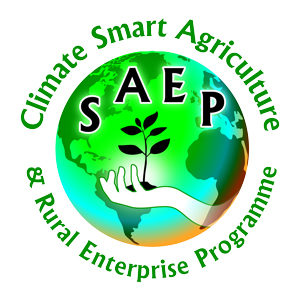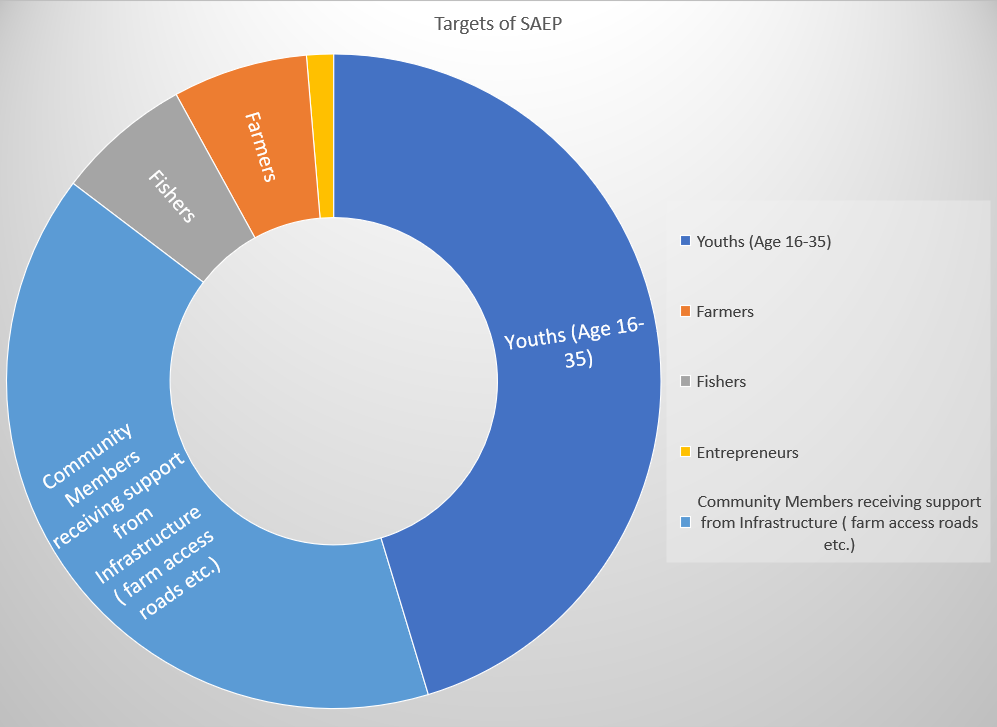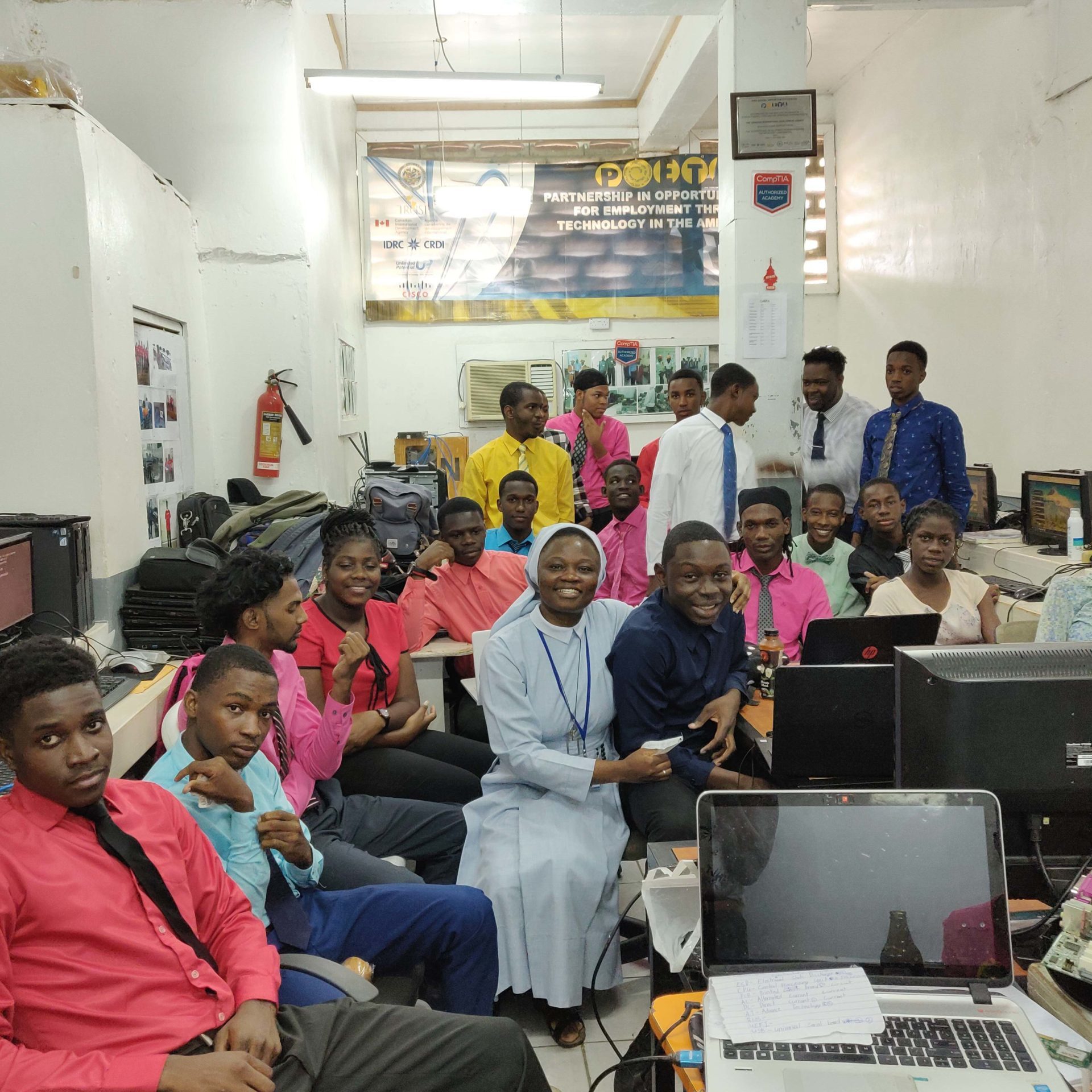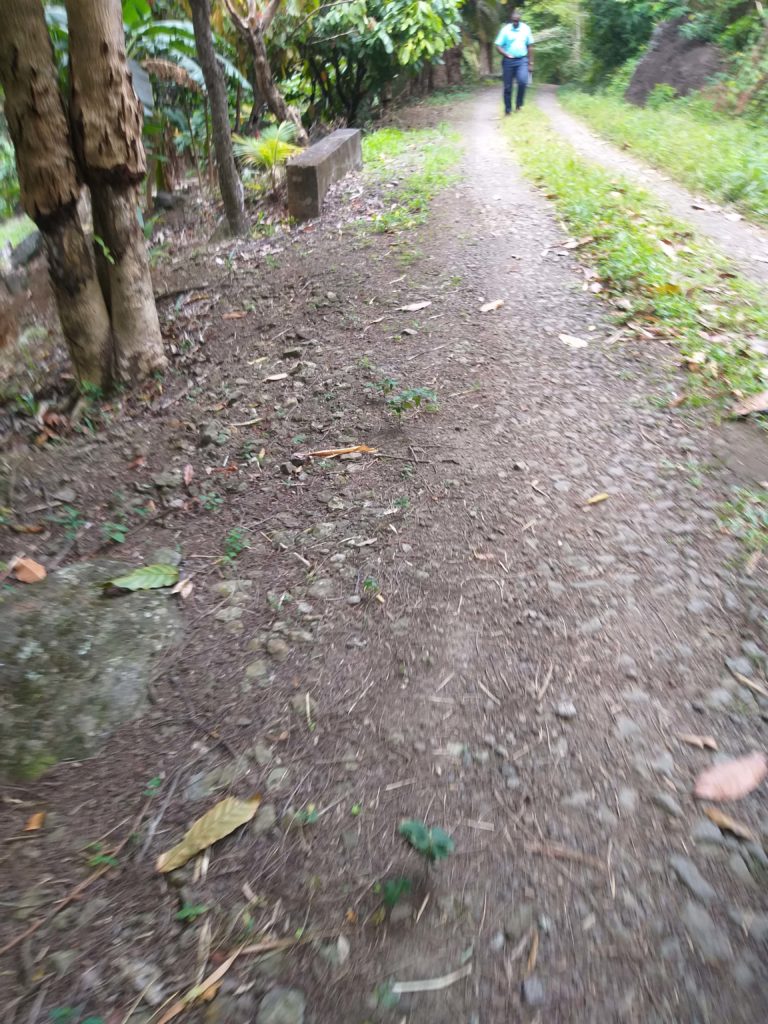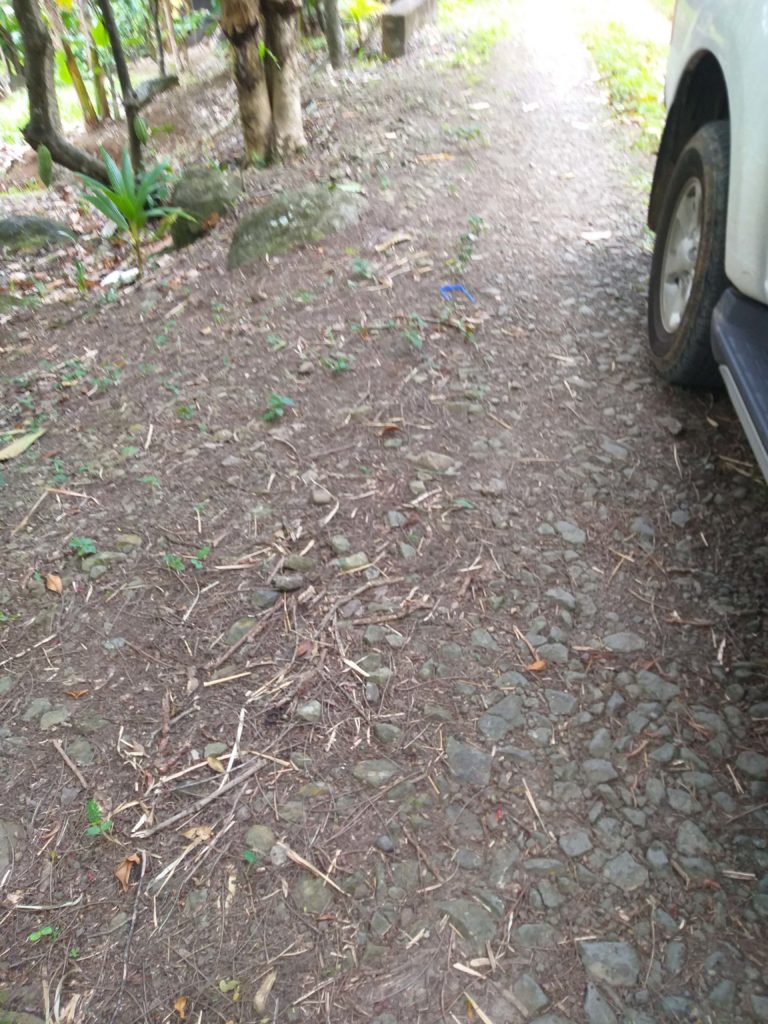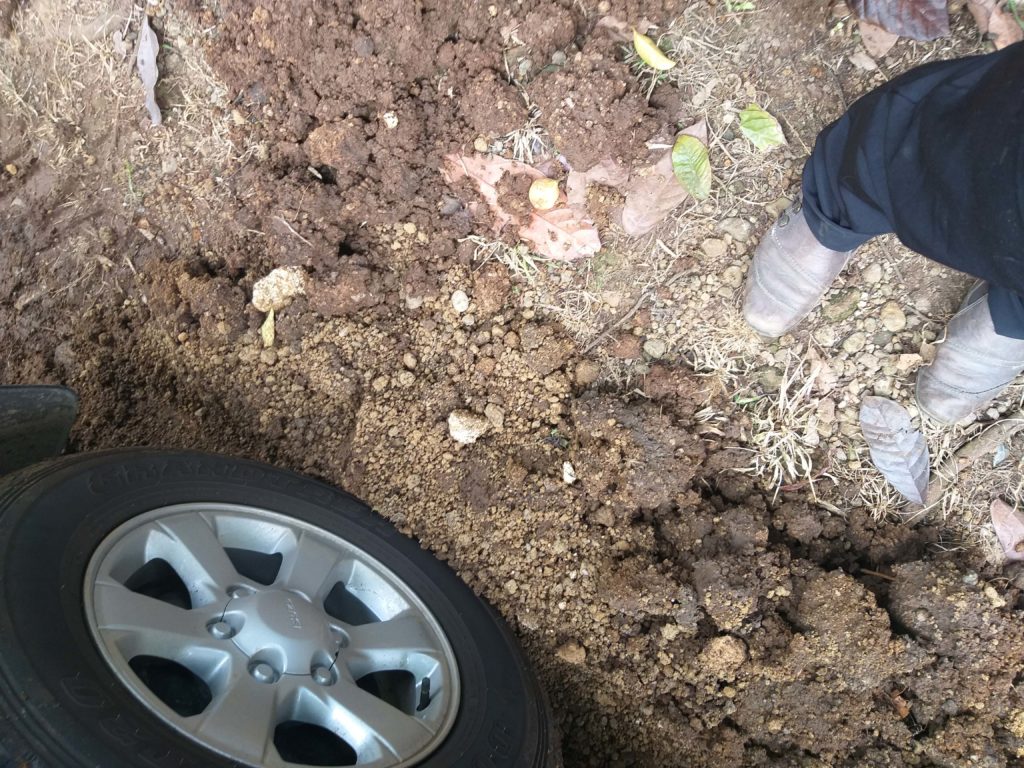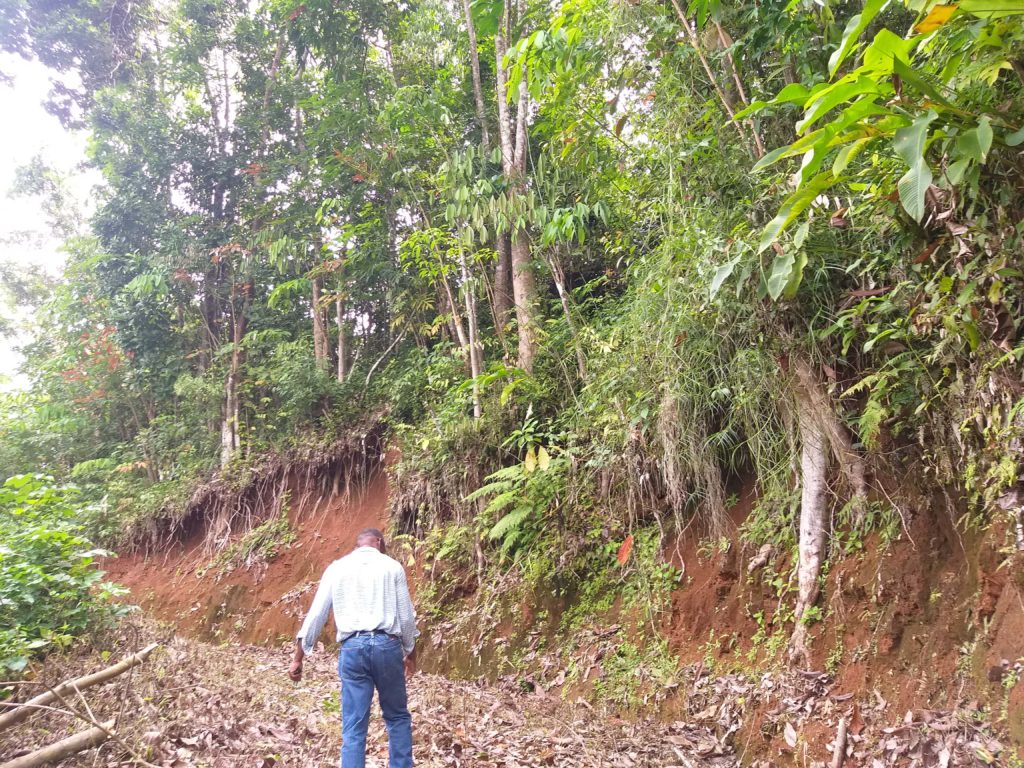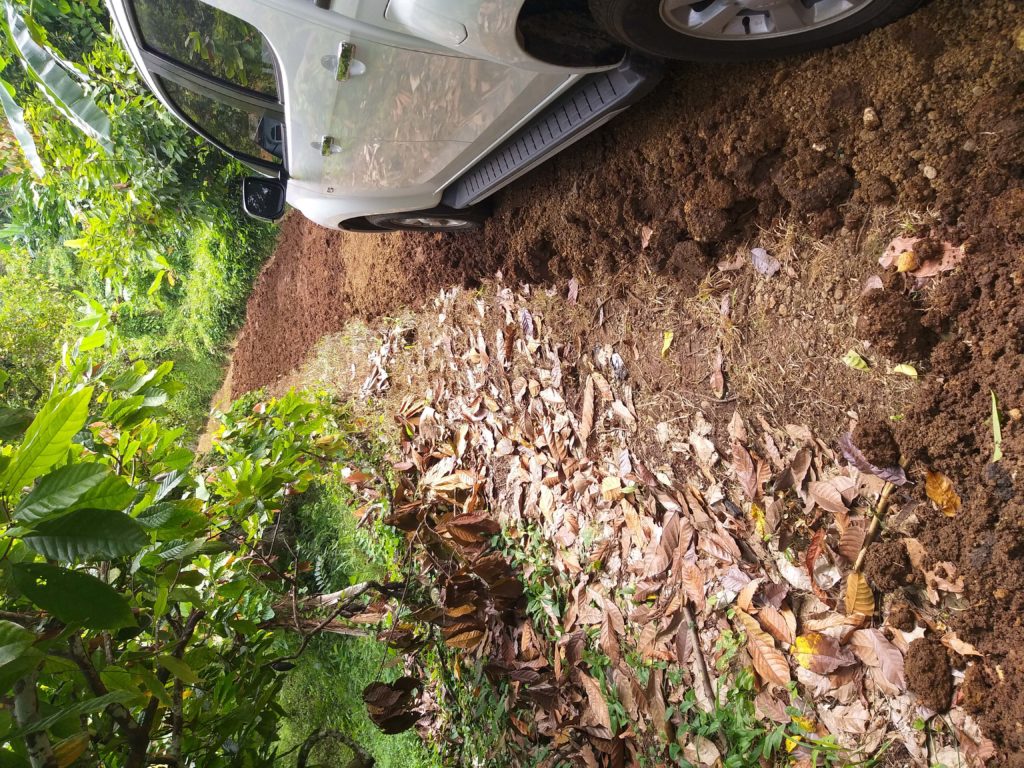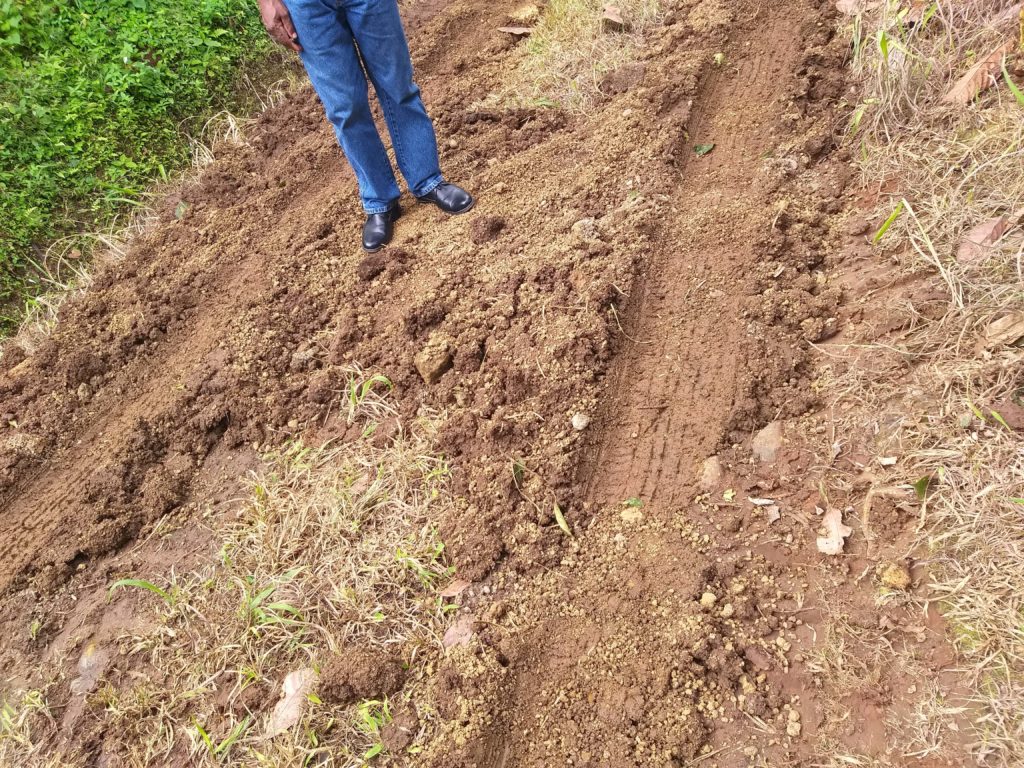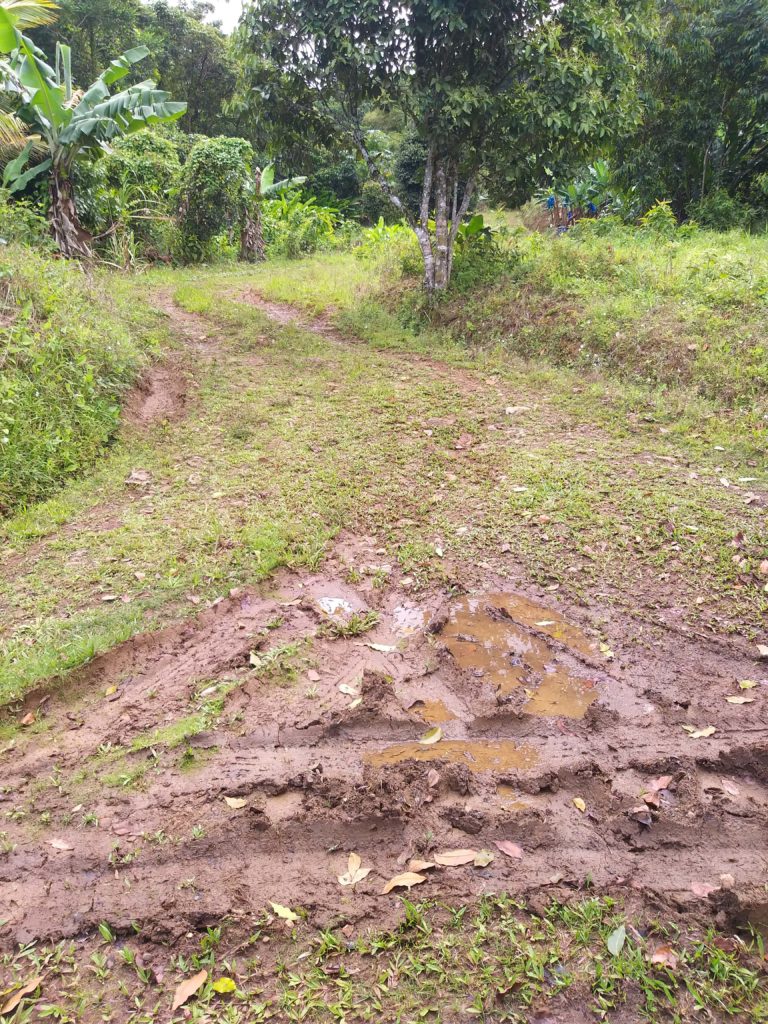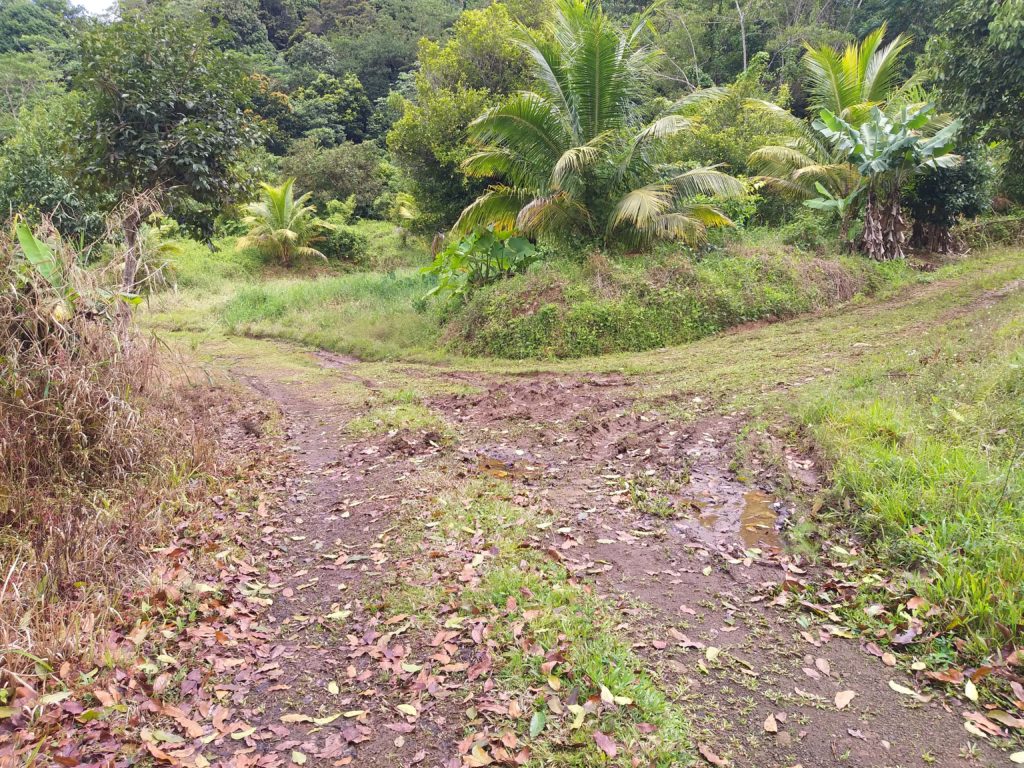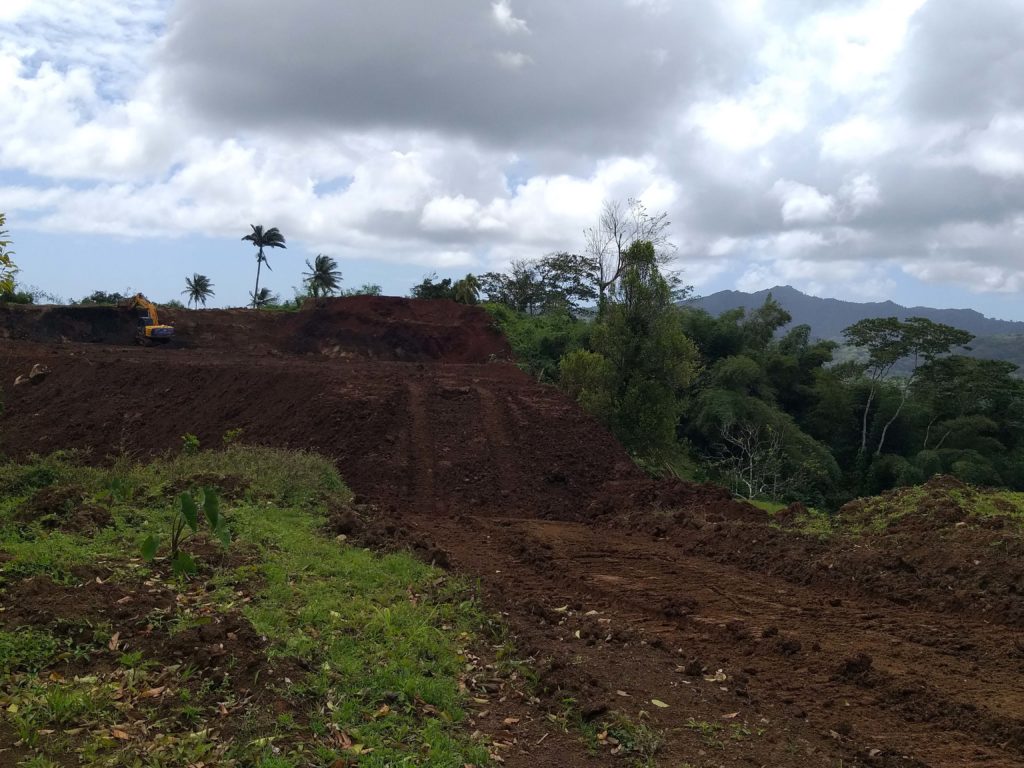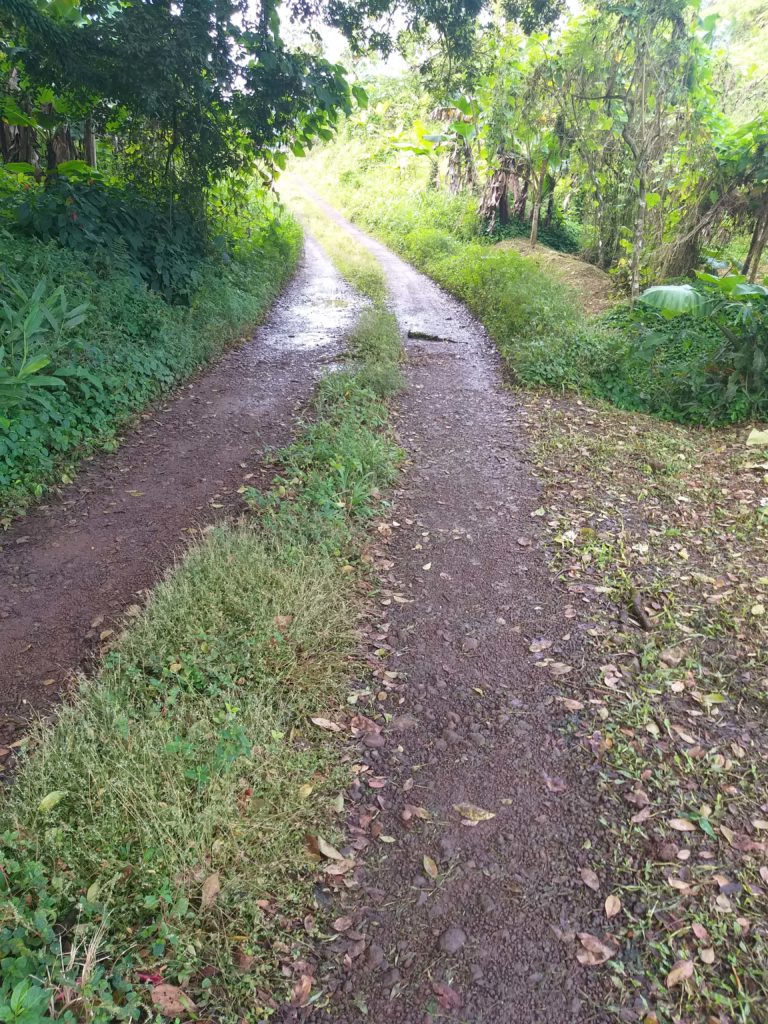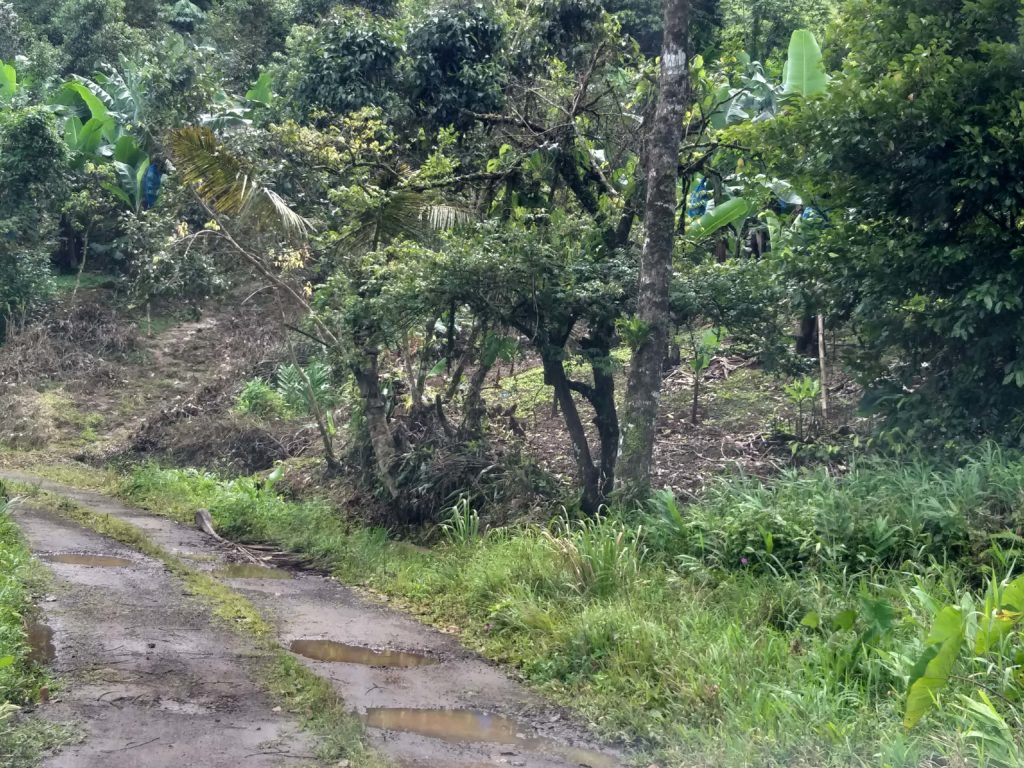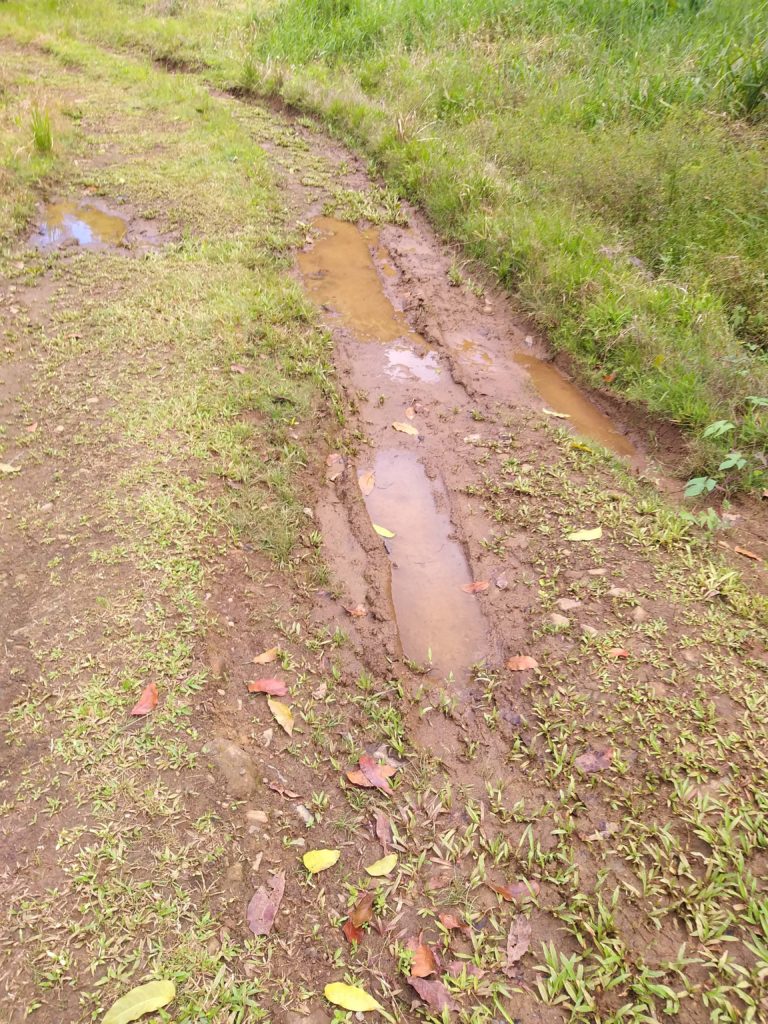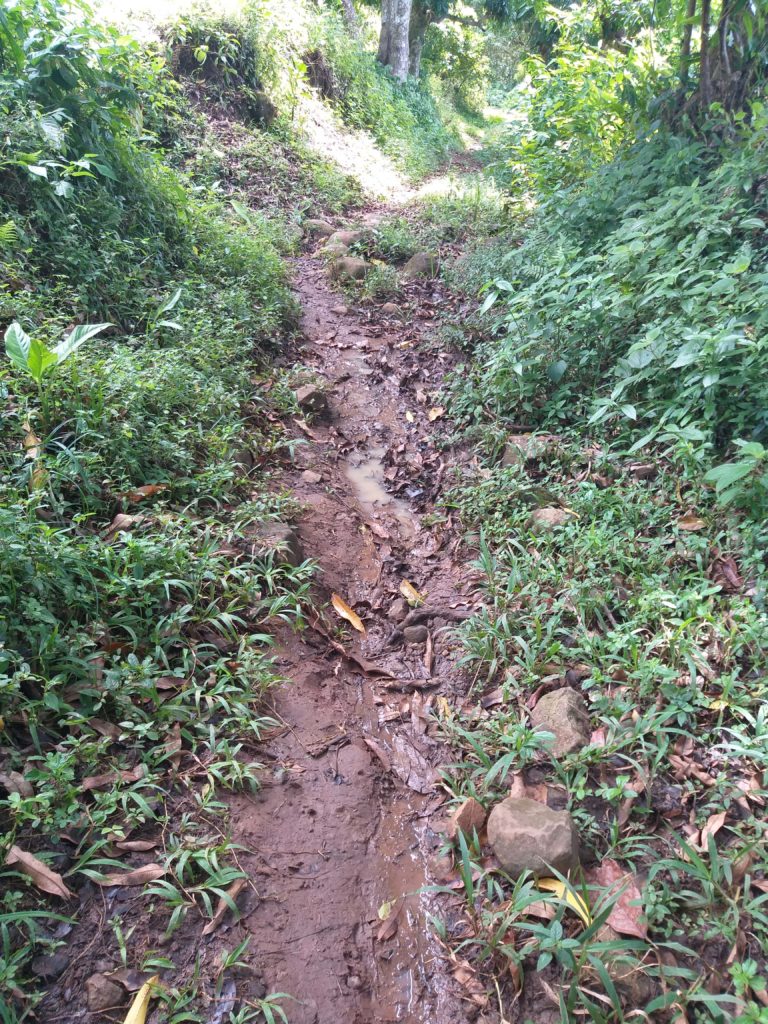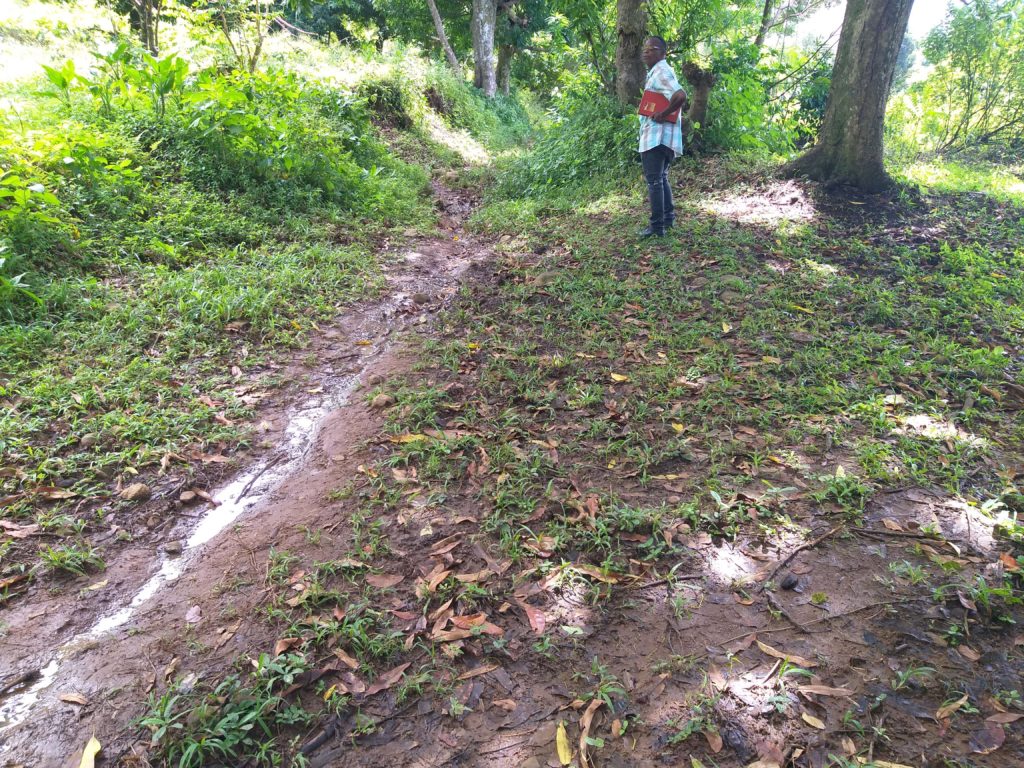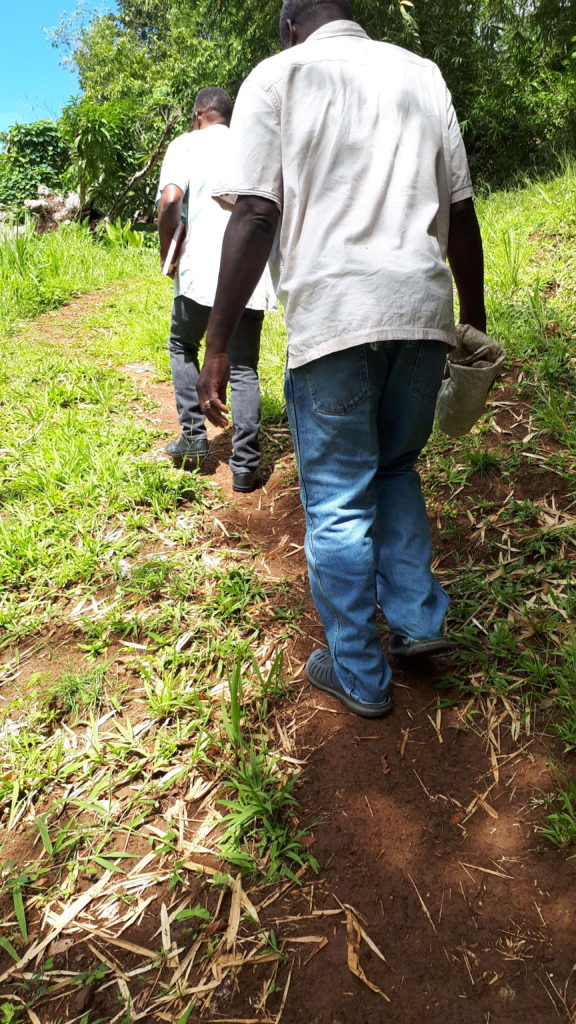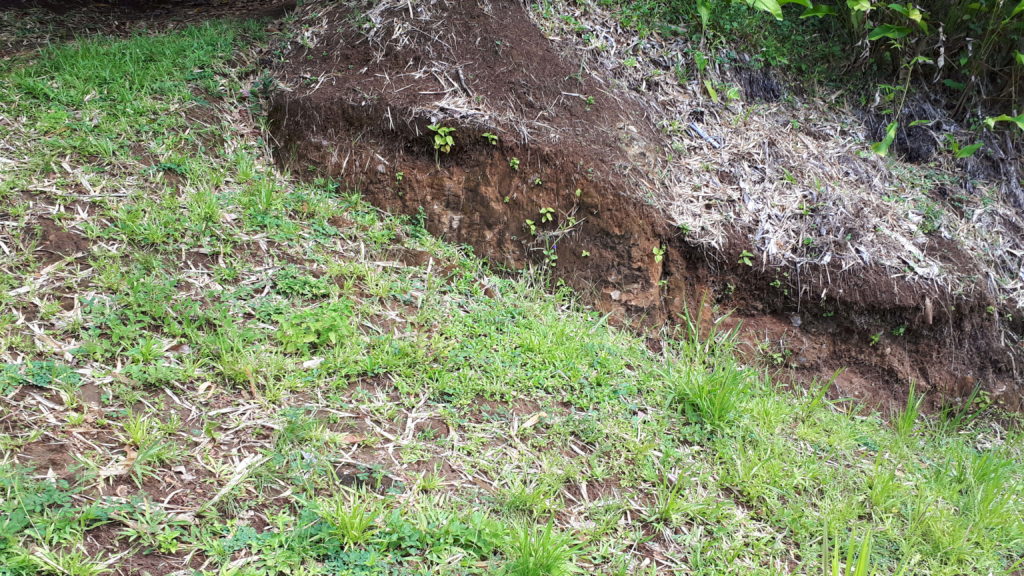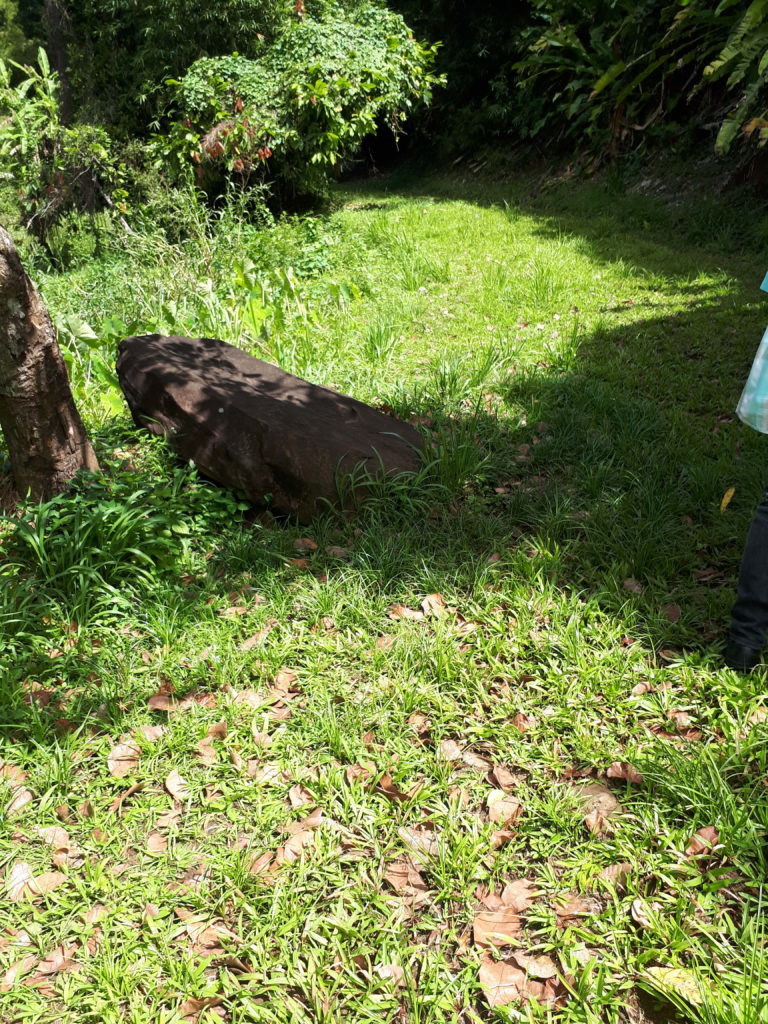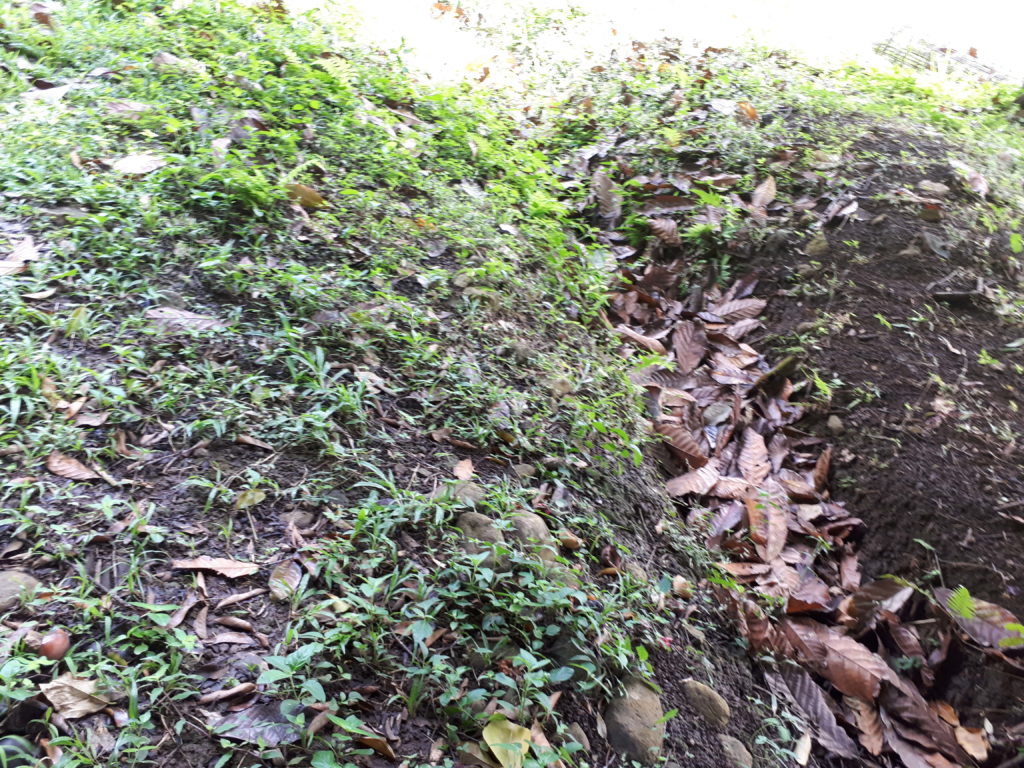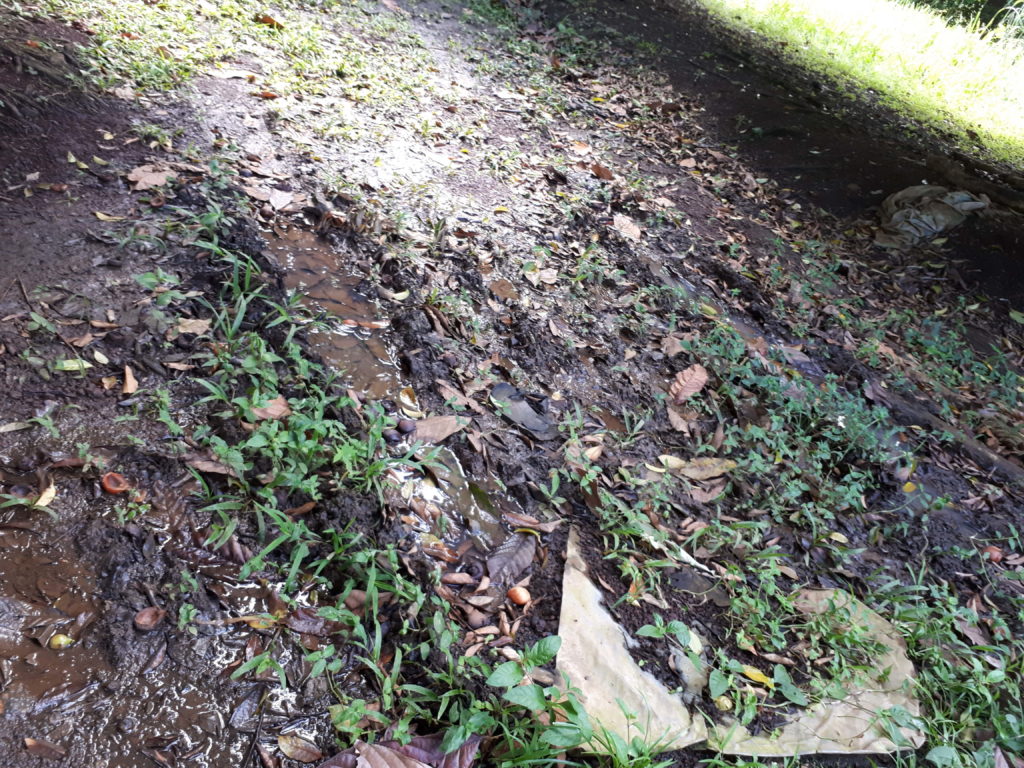Navigation:
Targets
All beneficiaries of SAEP must be from a rural poor household. The main characteristics of a poor households in rural areas are the following:
- More than the national average number of family members per household.
- One or more unemployed persons among adult family members.
- One or more adult family members without secondary or tertiary education.
- The Head of the Household being single.
A SAEP Beneficiary must meet at least two out of the four characteristics.
Areas targeted
Benefits
The expected impacts and outcomes from the Programme are:
The expected impacts and outcomes from the Programme are:
- 85% of Irrigation Systems operating efficiently.
- No. of poor households reporting an increase in income: 4,500 HHs
- No. of poor households receiving services supported by the Programme: 7,500 HHs
- No. of farmers with greater resilience: 400 farmers
- No. of new jobs created as a result of supported interventions: 400 jobs
- No. of new enterprises created: 120 enterprises
- No. of farmers increasing production by 20%: 400 farmers
- No. of farmers improving physical access to markets: 3000 farmers
The main outputs of the Programme will be:
- 150 Hectares of Arable lands with improved irrigation, flood control and drainage systems.
- 4 Farmers groups established and or strengthened.
- No. of people receiving VST: 400 people
- No. of people receiving technical support services for start-ups: 500 people
- No. of young people accessing matching grants: 400 young people
- No. of rural enterprises accessing business development services: 270
- No. of people trained in innovative technologies, CSA and climate change: 2,200
- No. of farmers who have received extension services on CSA practices: 1,200 farmers
- No. of farmers receiving market support services: 400 farmers
- No. of adaptation and climate smart investment projects financed: 180 projects
- No. of rural roads rehabilitated: 30
